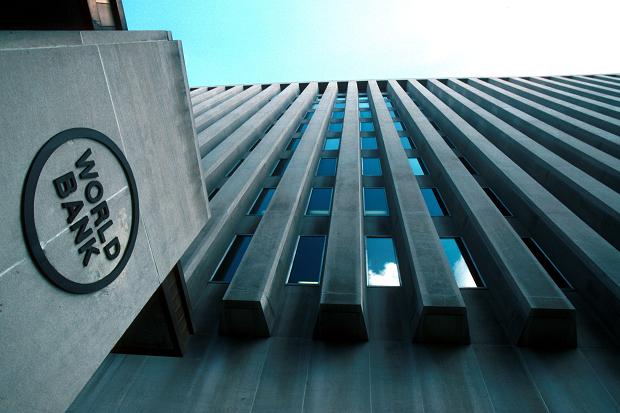The early-morning World Bank economic downgrade heavily weighed on investor sentiment yesterday, sending global stocks lower as a consequence. Another economic downgrade from the World Bank came as no surprise to be honest, with progress over the global recovery continuing to remain in question.
The completely unexpected fire-sale in oil is also contributing to global economic uncertainty, with this not only impacting nations heavily-reliant on oil exports, but also those economies heavily-linked to declining commodity prices. The sudden crash in oil prices has triggered a an unexpected period of low inflation, which is going to put a lengthy delay on the Bank of England (BoE) raising UK interest rates and lead to the US economy having to carry the baton on its own in the race to economic recovery.
Speaking of the United States economy, there was an unexpected setback when US Retail Sales declined far more than forecast during December. The expectation was a decline of 0.1% with the data coming in at a much higher 0.9%. The larger-than-expected decline in retail sales also sent stocks lower with the timing of the data being quite unfortunate, bearing in mind we had only hours earlier received a global economic downgrade. The retail sales performance is also going to lead to assumptions that US economic momentum is slowing, but with the previous GDP being confirmed at an annualised 5%, it was always expected that we would encounter reduced momentum for the following quarter.
What the reading does do is to calm down the optimists from thinking the Federal Reserve will be raising US interest rates as early as April. The possible April timeframe offered from the FOMC during its most recent meeting was most likely presented to raise global economic optimism, with the global recovery as mentioned above continuously under pressure. It still remains likely that the Federal Reserve will be raising US interest rates this year, with the middle-to-end of the year being the most probable time frame. The Federal Reserve has always focused on employment and inflation expectations and – unless either of these two significantly decline – the Fed will likely brush the soft data away. Besides consumer confidence is consistently improving, which indicates one soft retail sales is not conclusive evidence to suggest this is changing.
Advertisement
There were some signs of USD weakness and with the negative sentiment towards the GBP reducing the GBPUSD upside potential to except in the scenario of USD softness, this was the pair that benefitted the most from USD profit-taking. The GBPUSD managed to climb back to 1.5268 but with such negative GBP sentiment heavily reducing investor attraction, it largely explains why the pair is already at risk to dropping below 1.52 in the early hours of Thursday morning. Gold bulls were recharged for the second time in as many days following the larger-than-expected decline in US Retail Sales, but the metal once again found resistance at $1245, preventing entry to $1250. Nonetheless, we are encountering some increased demand for the metal recently, however it would likely require some lengthy USD weakness for the metal to go on a trip with the bulls.
Perhaps the most interesting story rested in the oil markets because even with USD weakness following retail sales, oil bulls were unable to mount any type of charge back up the charts. This says a great deal about there just being a complete lack of buyers in the market for oil.
Attempts at recovering significant losses were noticed later in trading, however the primary factor behind this was contracts for both Brent and US Crude expiring. The continual supply and demand equation remains stacked in favour of the bears and this is not changing. An oversupply in the markets remains a major concern, with reports already this week that there is a supply surplus of 2 million barrels a day, being furthered extended by the increased inventories in US crude announced yesterday. The downgrade in global growth forecasts is also going to lead to expectations there is going to be less demand for the commodity, which is just providing further power for the bears to dominate. This largely explains why both Brent and Crude oil have opened trading on Thursday by reporting near $1 losses.
Advertisement
*Ahmad is chief market Analyst at FXTM.
For more information please visit: Forex Circles
Add a comment







